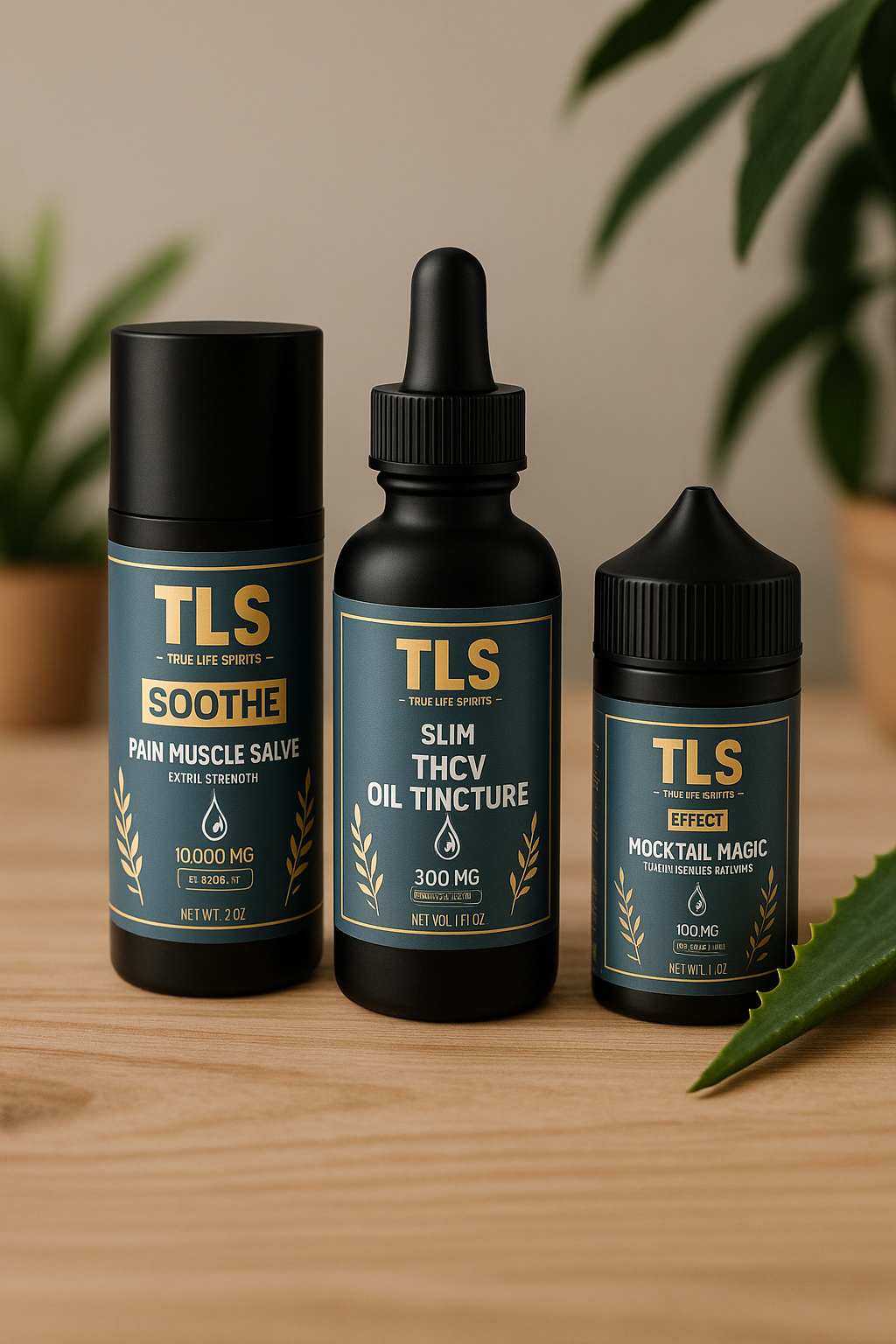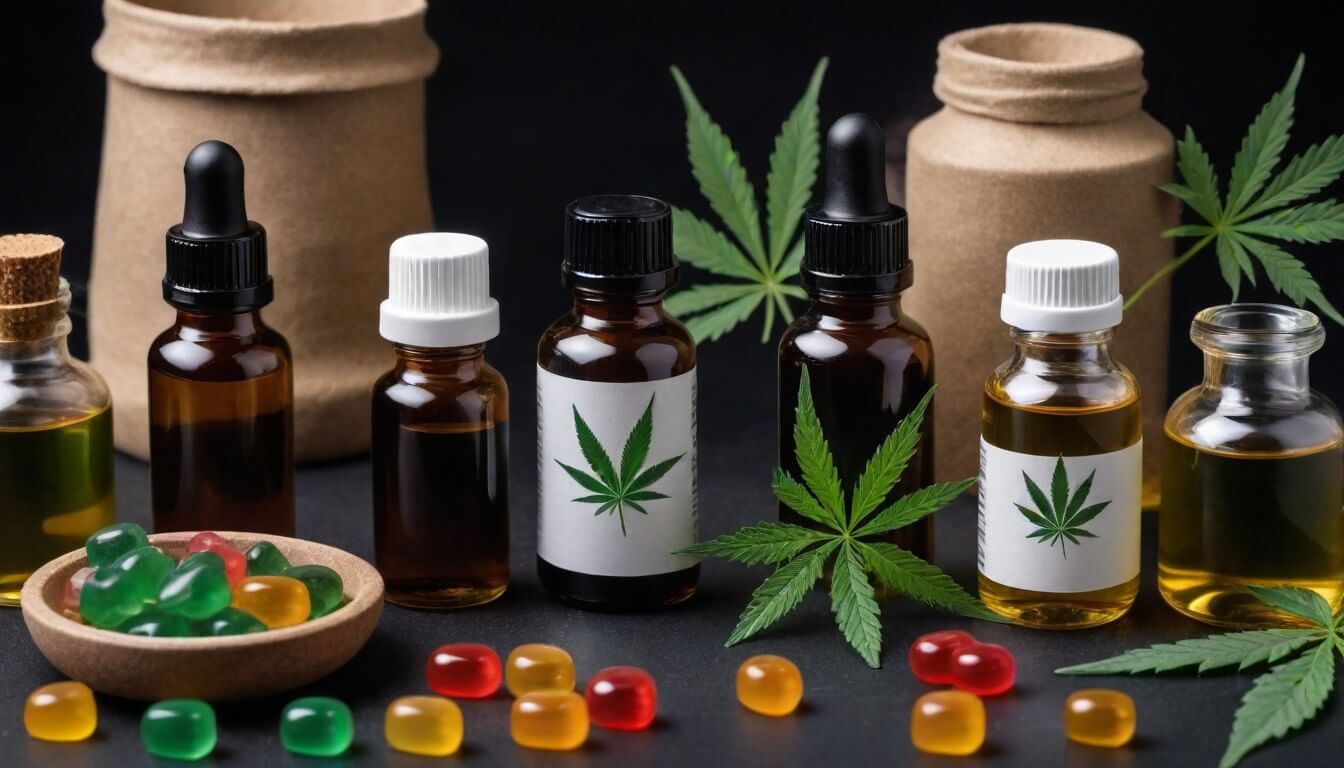Muscle pain is a universal experience, affecting an estimated 60-85% of adults at some point in their lives, according to the World Health Organization. Whether it’s from intense workouts, chronic conditions like arthritis, or the wear and tear of daily life, muscle discomfort can disrupt our routines and diminish quality of life. Pain muscle salves, topical remedies formulated with natural ingredients, have emerged as a popular and effective solution for alleviating this discomfort. Unlike oral medications, these salves target pain directly at the source, offering localized relief without systemic side effects. This blog post explores the science, history, and practical benefits of pain muscle salves, shedding light on why they’re a game-changer for pain management.
A Brief History of Topical Pain Relief
The use of topical remedies for pain relief dates back thousands of years. Ancient Egyptians documented the use of willow bark salves—rich in salicin, a precursor to aspirin—around 1500 BCE. Similarly, Traditional Chinese Medicine employed menthol-rich balms like tiger balm, while Ayurveda in India utilized turmeric and ginger pastes for their anti-inflammatory properties. These early practices laid the foundation for modern pain muscle salves. Today, science validates these ancient wisdoms: a 2015 study in the Journal of Pain Research found that topical applications of certain plant-based compounds can reduce pain perception by up to 40% in some users. By blending tradition with modern research, pain muscle salves have evolved into sophisticated formulations that deliver measurable results.
The Science Behind Muscle Salves
Pain muscle salves work by penetrating the skin to interact with pain receptors and reduce inflammation. Most salves contain active ingredients like menthol, camphor, capsaicin, or arnica, which target specific pain pathways. Menthol, for instance, activates the TRPM8 receptor, creating a cooling sensation that distracts the nervous system from pain signals, as shown in a 2017 study in Pain Medicine. Capsaicin, derived from chili peppers, depletes substance P, a neurotransmitter that signals pain, offering relief for conditions like osteoarthritis, according to a 2014 meta-analysis in Cochrane Database of Systematic Reviews. These ingredients are typically blended into a base of beeswax, coconut oil, or shea butter, which ensures smooth application and enhances skin absorption. This localized approach minimizes risks associated with oral painkillers, such as gastrointestinal issues, which affect 20-30% of long-term NSAID users, per the American Journal of Gastroenterology.
Key Ingredients and Their Benefits
The efficacy of pain muscle salves hinges on their ingredients, each chosen for specific therapeutic effects. Arnica, a flowering plant, is widely used for its anti-inflammatory and bruise-reducing properties; a 2016 study in Planta Medica reported that arnica gel reduced muscle soreness by 25% in athletes post-exercise. Eucalyptus oil, rich in cineole, improves blood circulation and reduces swelling, as noted in a 2013 Journal of Ethnopharmacology study. CBD, a non-psychoactive cannabis derivative, has gained traction for its ability to modulate pain and inflammation, with a 2020 Frontiers in Pharmacology study showing that topical CBD reduced joint pain in 83% of participants. Essential oils like lavender or peppermint not only enhance the salve’s aroma but also provide calming or stimulating effects, improving user experience. These ingredients work synergistically, making salves versatile for various types of muscle and joint pain.
Who Can Benefit from Pain Muscle Salves?
Pain muscle salves cater to a broad audience, from athletes to office workers to seniors. Athletes, who often experience delayed onset muscle soreness (DOMS), benefit significantly; a 2018 study in Sports Medicine found that topical analgesics reduced DOMS symptoms by 30% within 24 hours. Office workers, who spend an average of 1,800 hours annually sitting, per the Journal of Occupational Health, often develop neck or lower back pain that salves can alleviate. For seniors, who face a 50% prevalence of chronic pain according to the Journal of Gerontology, salves offer a safe alternative to oral medications, which can interact with other prescriptions. Even individuals with fibromyalgia or minor injuries find relief, as salves provide targeted comfort without the drowsiness of systemic drugs.
How to Use Pain Muscle Salves Effectively
Applying pain muscle salves correctly maximizes their benefits. Start by cleaning and drying the affected area to ensure optimal absorption. A small amount—roughly the size of a dime—is sufficient for a 4-inch by 4-inch area, as overuse can irritate the skin. Massage the salve gently for 1-2 minutes to stimulate blood flow and enhance penetration. Most salves provide relief within 15-30 minutes, lasting up to 4-6 hours, according to user studies in Pain Management Nursing (2019). For chronic conditions, applying 2-3 times daily is common, but always follow product guidelines. Avoid open wounds or sensitive areas like the eyes, and perform a patch test to rule out allergies, which occur in less than 1% of users, per dermatological research in Contact Dermatitis.
Choosing the Right Salve for You
With countless pain muscle salves on the market, selecting the right one can be daunting. Look for products with transparent ingredient lists and third-party testing to ensure quality and potency. Organic or natural bases like shea butter are preferable for sensitive skin, as synthetic bases may cause irritation in 5-10% of users, according to Dermatologic Therapy. Consider your specific needs: cooling salves with menthol suit acute injuries, while warming salves with capsaicin are better for chronic joint pain. Price varies, with quality salves ranging from $10-$30 for a 2-ounce jar, offering 30-50 applications. Reading reviews and checking for certifications, like USDA Organic, can guide your choice. Avoid products with artificial fragrances, which can trigger sensitivities in 2-3% of users, per Allergy Journal.
Potential Side Effects and Precautions
While pain muscle salves are generally safe, they’re not without risks. Skin irritation, affecting 1-5% of users, is the most common side effect, particularly with capsaicin-based salves, per Journal of Clinical Pharmacy and Therapeutics. Overuse can lead to burns or rashes, especially with high-potency formulas. Those with sensitive skin should opt for milder ingredients like arnica or CBD. Pregnant women or individuals on blood thinners should consult a doctor, as some ingredients, like salicylates in wintergreen oil, mimic aspirin’s effects. Always store salves in a cool, dry place to preserve efficacy, as heat can degrade active compounds, reducing shelf life by up to 50%, according to Pharmaceutical Research.
The Future of Pain Muscle Salves
The global market for topical pain relief is projected to reach $12.2 billion by 2027, growing at a 7.1% annual rate, per Allied Market Research. Innovations like nanoemulsion technology, which enhances ingredient absorption by 20-30%, are driving this growth, as reported in Journal of Controlled Release (2021). Researchers are also exploring plant-based compounds like curcumin and boswellia, which show promise in reducing inflammation without side effects. As consumers increasingly favor natural remedies—70% prefer non-pharmacological options, per a 2022 Consumer Reports survey—pain muscle salves are poised to become a staple in pain management, blending ancient wisdom with cutting-edge science.
Embracing Natural Relief
Pain muscle salves offer a compelling blend of accessibility, efficacy, and safety for managing muscle and joint discomfort. Their targeted action, backed by centuries of use and modern research, makes them a versatile tool for diverse populations. Whether you’re recovering from a workout, managing chronic pain, or seeking a natural alternative to pills, these salves provide a practical solution. By understanding their ingredients, application methods, and benefits, you can harness their full potential to improve your quality of life. As science continues to refine these formulations, pain muscle salves stand as a testament to the enduring power of nature in healing the body.
Reference:
1. Chodkowska, K., Abramowicz-Pindor, P., Tuśnio, A., Gawin, K., Taciak, M., & Barszcz, M. (2022). Effect of phytobiotic composition on production parameters, oxidative stress markers and myokine levels in blood and pectoral muscle of broiler chickens. Animals, 12(19), 2625. https://doi.org/10.3390/ani12192625
2. Rigby, J., Dye, S., & Draper, D. (2014). Difference in tissue temperature after therapeutic ultrasound using biofreeze mixture and ultrasound gel as coupling media. Athletic Training & Sports Health Care, 6(1), 25-30. https://doi.org/10.3928/19425864-20131209-01
Stanisic, N., Häggman‐Henrikson, B., Kothari, M., Costa, Y., Avivi‐Arber, L., & Svensson, P. (2022). Pain’s adverse impact on training-induced performance and neuroplasticity: a systematic review. Brain Imaging and Behavior, 16(5), 2281-2306. https://doi.org/10.1007/s11682-021-00621-6





Leave a comment
This site is protected by hCaptcha and the hCaptcha Privacy Policy and Terms of Service apply.